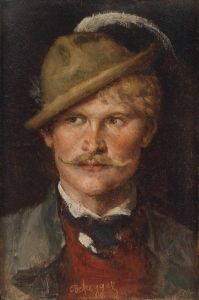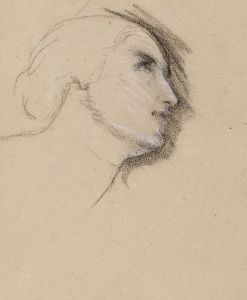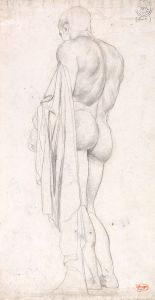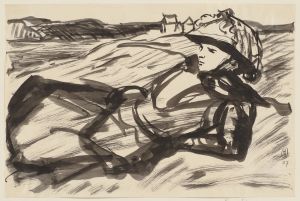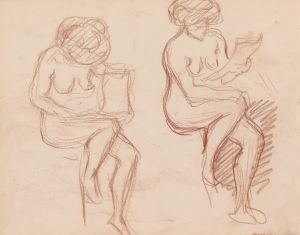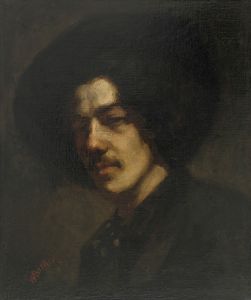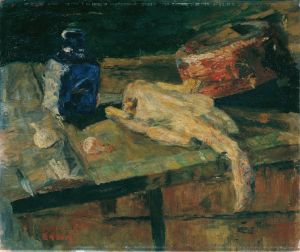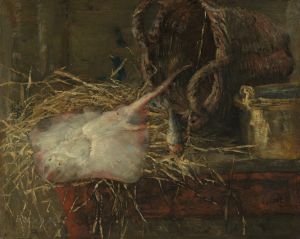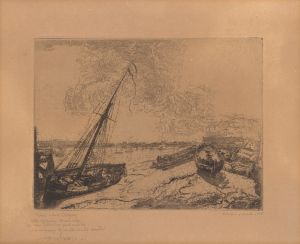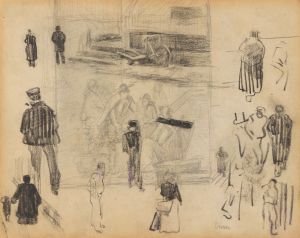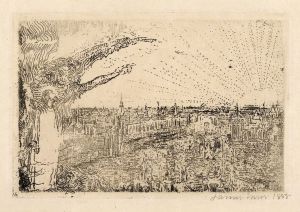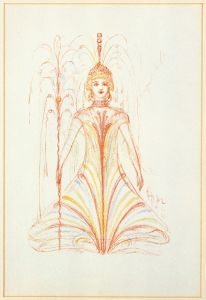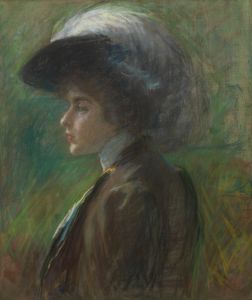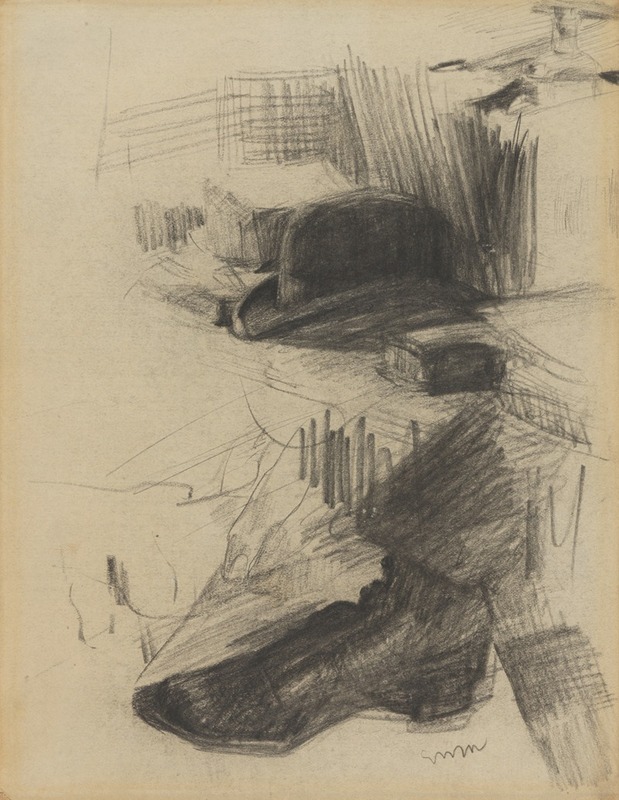
Bolhoed en schoen
A hand-painted replica of James Ensor’s masterpiece Bolhoed en schoen, meticulously crafted by professional artists to capture the true essence of the original. Each piece is created with museum-quality canvas and rare mineral pigments, carefully painted by experienced artists with delicate brushstrokes and rich, layered colors to perfectly recreate the texture of the original artwork. Unlike machine-printed reproductions, this hand-painted version brings the painting to life, infused with the artist’s emotions and skill in every stroke. Whether for personal collection or home decoration, it instantly elevates the artistic atmosphere of any space.
James Ensor was a Belgian painter and printmaker, an important influence on expressionism and surrealism. One of his notable works is "Bolhoed en schoen" (translated as "Bowler Hat and Shoe"). Ensor was born in 1860 in Ostend, Belgium, and he spent most of his life there. His work is known for its satirical and often grotesque depictions of society, blending elements of fantasy and reality.
"Bolhoed en schoen" is a painting that exemplifies Ensor's unique style and thematic concerns. Created in 1896, this work is part of Ensor's broader exploration of the absurd and the macabre. The painting features a bowler hat and a shoe, objects that might seem mundane but are rendered with a sense of eerie significance. Ensor's use of these everyday items can be seen as a commentary on the bourgeois society of his time, which he often critiqued in his works.
Ensor's technique in "Bolhoed en schoen" involves a vivid use of color and a loose, expressive brushwork that gives the painting a dynamic and somewhat unsettling quality. The bowler hat, a symbol of the middle-class respectability, and the shoe, an item of personal utility, are depicted in a way that strips them of their ordinary context and imbues them with a surreal presence. This approach is characteristic of Ensor's ability to transform the banal into the bizarre, making viewers question the reality and significance of the objects they encounter.
The painting is also notable for its composition and the way Ensor plays with perspective and space. The objects appear almost as if they are floating in an undefined space, which adds to the dreamlike and disorienting effect of the work. This technique reflects Ensor's interest in the subconscious and the irrational, themes that would later be central to the surrealist movement.
Ensor's work, including "Bolhoed en schoen," was not widely appreciated during his lifetime. He faced criticism and rejection from the art establishment, which found his style and subject matter too unconventional. However, he continued to produce art that challenged societal norms and pushed the boundaries of traditional painting.
Today, James Ensor is recognized as a pioneer of modern art, and his works are celebrated for their originality and impact on later artistic movements. "Bolhoed en schoen" is a testament to his innovative spirit and his ability to find profound meaning in the ordinary. The painting is housed in the Royal Museum of Fine Arts in Antwerp, where it continues to intrigue and inspire viewers with its enigmatic presence.
Ensor's legacy is one of challenging the status quo and exploring the depths of human experience through his art. "Bolhoed en schoen" remains a significant piece within his oeuvre, encapsulating his unique vision and his contribution to the evolution of modern art.





